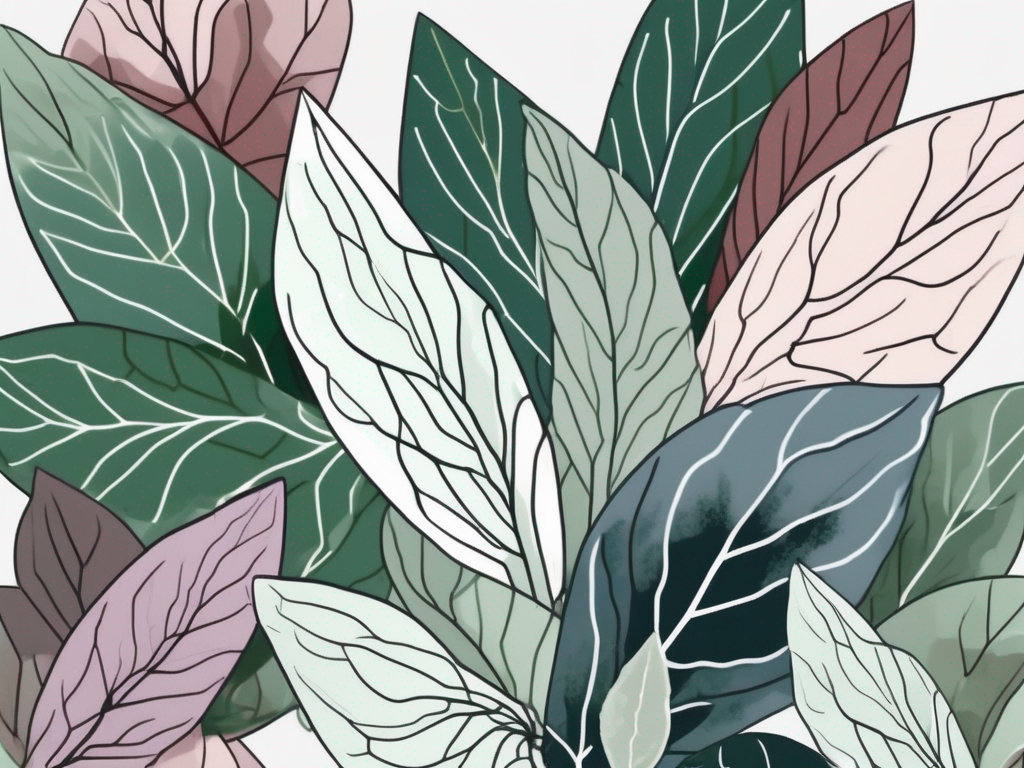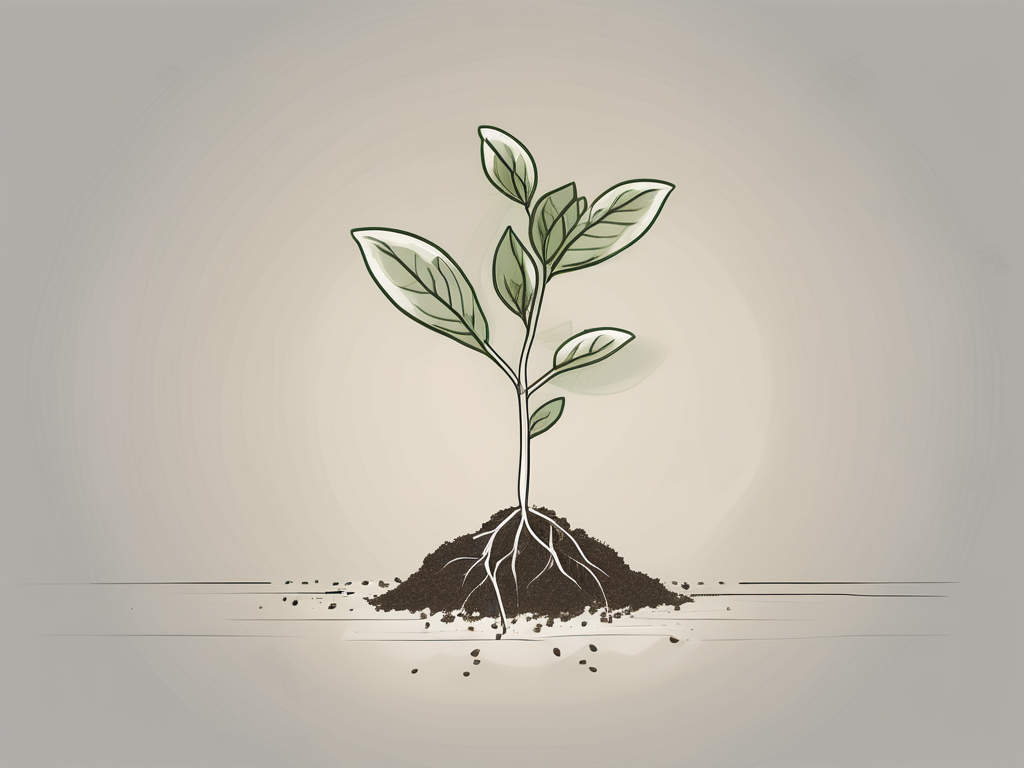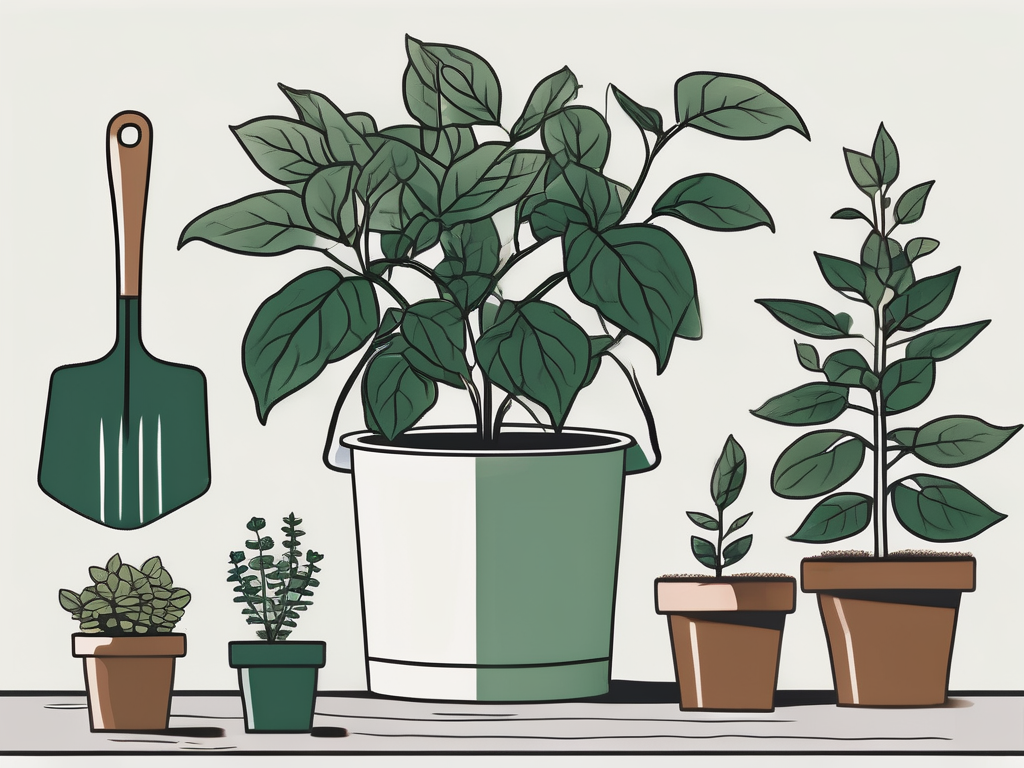
Imagine walking into a room filled with vibrant colors and striking patterns, each plant catching your eye with its unique design. That’s the charm of hypoestes, also known as the polka dot plant. These captivating houseplants are a favorite among plant lovers for their colorful foliage and relatively easy care.
This article is your friendly companion in navigating the many varieties of hypoestes, offering guidance on how to care for them, and how they can be incorporated into your home decor to add a splash of color and character. Whether you're a seasoned plant parent or someone just starting to explore indoor greenery, there's something here for everyone.
The Basics of Hypoestes
Hypoestes, affectionately termed the “polka dot plant,” is renowned for its vibrant foliage. Native to Madagascar, these plants have found their way into homes globally, thanks to their eye-catching appearance and relatively straightforward care requirements. But what makes them stand out? It’s their foliage, which comes in a delightful array of colors including pink, red, white, and green, often speckled like a painter’s canvas.
These plants are ideal for anyone looking to add a dash of color to their indoor space without too much fuss. They thrive in bright, indirect light, which helps maintain their vibrant colors. While they prefer warm, humid conditions, they’re quite adaptable to the average home environment. Just make sure to water them when the top inch of the soil feels dry, and you’re good to go.
One fun fact about hypoestes is that they’re quite expressive. If they’re thirsty, they’ll droop, but give them a drink, and they’ll perk right back up. It's like they’re asking for attention, making them a rather interactive plant companion.
Varieties of Hypoestes
Now, let's take a closer look at the different types of hypoestes you might want to consider for your collection. Each variety has its own unique charm, which can help you decide which one suits your style and space best.
Hypoestes Phyllostachya
This is the classic polka dot plant most people are familiar with. Its leaves are typically green with pink spots, though you can also find varieties with red or white spots. This variety is perfect for adding a pop of color to any room, and it's quite easy to care for.
- Light: Bright, indirect sunlight.
- Water: Keep the soil consistently moist.
- Humidity: Prefers a humid environment.
Hypoestes Sanguinolenta
Also known as the “freckle face,” this variety offers a more speckled appearance with its broad, colorful leaves. The mix of colors in this plant can range from pinks and reds to whites, making it a versatile choice for various interior themes.
- Light: Prefers partial shade.
- Water: Water when the top inch of soil is dry.
- Humidity: Thrives in high humidity.
Hypoestes Aristata
Often called the “purple splash,” this type is known for its deep purple leaves with green outlines. It's a bit less common than the polka dot variety but equally beautiful.
- Light: Bright, indirect light.
- Water: Allow the soil to dry out slightly between waterings.
- Humidity: Appreciates higher humidity levels.
Choosing the Right Hypoestes for Your Space
When selecting a hypoestes plant, consider the lighting in your space first. These plants prefer bright, indirect light to maintain their vibrant colors. If your room doesn’t have ample natural light, you might want to consider using a grow light to supplement their needs.
Next, think about the color scheme of your room. If you’re looking for a plant to complement your existing decor, consider the color of the spots on your hypoestes. Pink and white varieties can add a soft, subtle touch, while red or purple varieties can create bold, dramatic contrasts.
Finally, consider the size of the plant. Hypoestes can vary in size, so whether you’re looking for a small desk plant or a larger statement piece, there’s likely a variety that fits your needs. Just be mindful that these plants can get quite bushy, so give them plenty of space to grow.
Potting and Soil Care
Potting your hypoestes correctly is essential for its health and growth. These plants prefer a well-draining potting mix. A standard houseplant mix works well, but you can enhance it by adding some perlite or sand to improve drainage.
When it comes to repotting, do so when you notice the plant becoming root-bound. This typically happens every year or two. Choose a pot that’s one size larger than the current one. Be sure to use a pot with drainage holes to prevent water from accumulating at the bottom, which can lead to root rot.
Here’s a quick step-by-step for repotting your hypoestes:
- Choose a pot that’s slightly larger than the current one.
- Fill the bottom with a layer of fresh potting mix.
- Gently remove the plant from its current pot, being careful not to damage the roots.
- Place the plant in the new pot and fill in around it with more potting mix.
- Water thoroughly and let drain.
Dealing with Pests and Fungal Issues
Like many houseplants, hypoestes can be prone to pests such as aphids, spider mites, and whiteflies. Regularly inspecting your plants can help you catch these pests early. If you notice any signs of infestation, such as tiny webs or sticky leaves, act quickly.
A simple way to tackle pests is by using insecticidal soap or neem oil. These natural solutions are effective and less harsh than chemical pesticides. Spray the affected areas thoroughly and repeat every few days until the pests are gone.
Fungal issues, like powdery mildew, can also affect hypoestes, especially in humid environments. Ensure good air circulation around your plants and avoid overhead watering to help prevent these issues. If you do encounter a fungal problem, remove affected leaves and treat with a fungicidal spray.
Designing with Hypoestes
Hypoestes are more than just easy-to-care-for houseplants—they’re also fantastic design elements. Their vibrant colors and interesting leaf patterns can be used to create stunning indoor displays.
Consider grouping different varieties together for a visually striking effect. The contrasting colors and patterns can create a dynamic look that draws the eye. You can also use hypoestes to complement other plants. Their bright foliage pairs well with more neutral plants like ferns or snake plants, adding a splash of color without overwhelming the space.
Another design idea is to use hypoestes in mixed planters. Combine them with plants of varying heights and textures to create a mini indoor landscape. Just be sure all the plants in the arrangement have similar light and water needs.
Common Questions About Hypoestes
Now, let's tackle some common questions that people have about caring for hypoestes. These are the questions that often pop up when plant parents are trying to ensure their polka dot plants are living their best lives.
Why are my hypoestes leaves turning brown?
If you notice browning leaves, it could be due to underwatering or low humidity. Ensure you’re watering your plant regularly and consider misting it or placing a humidifier nearby to boost humidity levels.
Can I propagate my hypoestes?
Absolutely! Hypoestes are quite easy to propagate. Simply take a stem cutting with a few leaves, remove the lower leaves, and place it in water or moist soil. In a few weeks, you should see roots developing.
Why is my plant getting leggy?
A leggy hypoestes is often a sign of insufficient light. Try moving your plant to a brighter location or supplementing with a grow light. Additionally, regular pruning can help encourage bushier growth.
Incorporating Hypoestes into Plant Collections
Hypoestes can play a starring role in your plant collection, adding vibrant splashes of color that are hard to miss. They’re also a wonderful addition to any plant shelf or window sill, where their colorful leaves can catch the light and enhance your space.
When adding hypoestes to your collection, consider how they’ll interact with your existing plants. Their bold colors can create a striking contrast against more subdued green foliage. They can also fill in gaps in your plant displays, adding depth and interest.
Think about the overall aesthetic you’re aiming for. If you prefer a more minimalist look, a single hypoestes in a clean, white pot can be a stunning focal point. For a more eclectic vibe, mix and match different hypoestes varieties in colorful pots and planters.
Outdoor Care for Hypoestes
While hypoestes are most commonly grown indoors, they can also thrive outdoors in the right conditions. If you live in a warm climate, consider using them as bedding plants in your garden. Their colorful foliage can add a vibrant touch to any garden bed or border.
When planting outdoors, choose a location with partial shade to prevent the leaves from scorching in the sun. Ensure the soil is well-draining and rich in organic matter to support healthy growth. Regular watering is crucial, especially during hot, dry spells.
During the colder months, if you’re in a region with frost, it’s best to bring potted hypoestes indoors to protect them from the cold. They’ll continue to thrive as indoor plants, brightening up your home until they're ready to return outside come spring.
Final Thoughts
Hypoestes are a delightful addition to any plant collection, offering vibrant colors and easy care. They bring a touch of nature’s artistry into your home, each leaf a masterpiece of color and pattern. Whether you’re looking to brighten up your living space or add a pop of color to your garden, these plants have something to offer.
At Cafe Planta, we're passionate about helping you nurture your green companions. Whether you're looking for new plants or need advice on caring for your existing ones, we're here to help. Feel free to email us, or send us a message on Instagram. Let's grow together and celebrate the joy plants bring into our lives.












